How to brew a doppelbock. First of all, what is a doppelbock and where did it originate?
A doppelbock is a strong, rich German lager beer that originated in the 17th century in Munich, Germany. The name “doppelbock” simply means “double bock,” indicating that it is a stronger version of the traditional ‘bock’ beer, which is a German-style lager typically known for its malty flavors.
To get these deep malt flavours, the obvious choice is Munich malt, and this therefore forms the basis of the recipe. If, however, only Munich is used, the beer will be a little lacking in complexity and depth.
For this reason, I strongly suggest using some form of chocolate malt. Be careful not to go too heavy, as the chocolate notes can become too sharp and notable. For my chocolate addition on this one, I’m using Carafa Special I. This being a de-husked version of chocolate malt, will be much softer and less bitter than a regular chocolate malt. It might be too light and soft, but it’s worth a try.
My recipe is as follows:
Munich Dunkel Recipe to Brew A Doppelbock
Fermentables
5000g Best Munich Malt (82%)
1000g Best Dark Munich Malt (16.4%)
100g Carafa Special I (1.6%)
Yeast
White Labs WLP835 German Lager X
Hops
24g Nth Brewer @ 60 minutes (21.6 IBU)
18g Tettnang @10 minutes (2.7 IBU)
Gravity
OG 1.068
FG 1.018
Water
Ca: 49 ppm
SO4: 75 ppm
Cl: 64 ppm
The Grains
The grains are milled to 1.1mm, which I find about optimal for the Braumeister system when brewing a doppelbock.
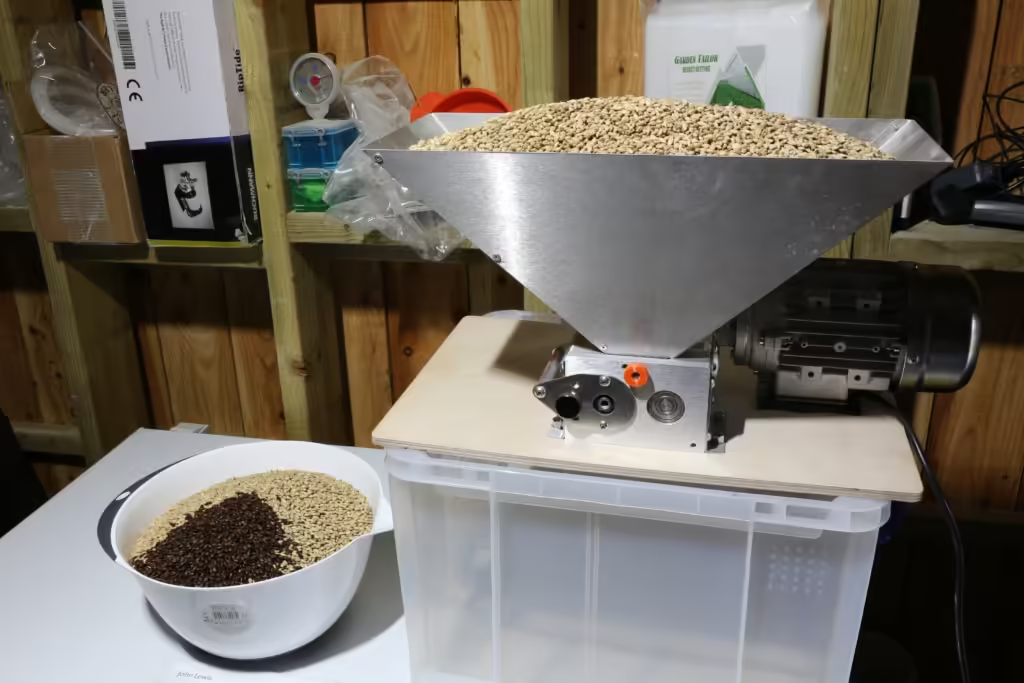
The Mash
The Braumeister is filled with 26.5 litres of water.

As I’m using an electric all-in-one brewing system, I’m able to step mash, I’ve doughed-in at 40°c / 104°f with the grains.
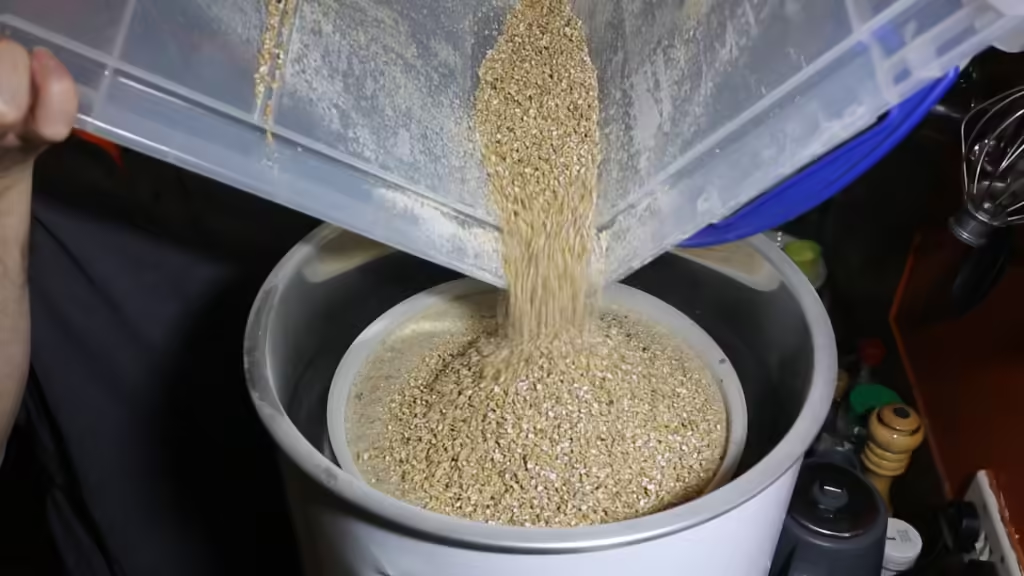
The temperature is then raised to 67°c / 152°f and the liquid is held at this temperature for 60 minutes. Once reaching mash temperature, however, half the grains are removed and boiled in a separate pot for a 15-minute decoction. A decoction mash is an essential step in brewing a doppelbock. It will give a deeper flavour that is hard to replicate with malt alone.
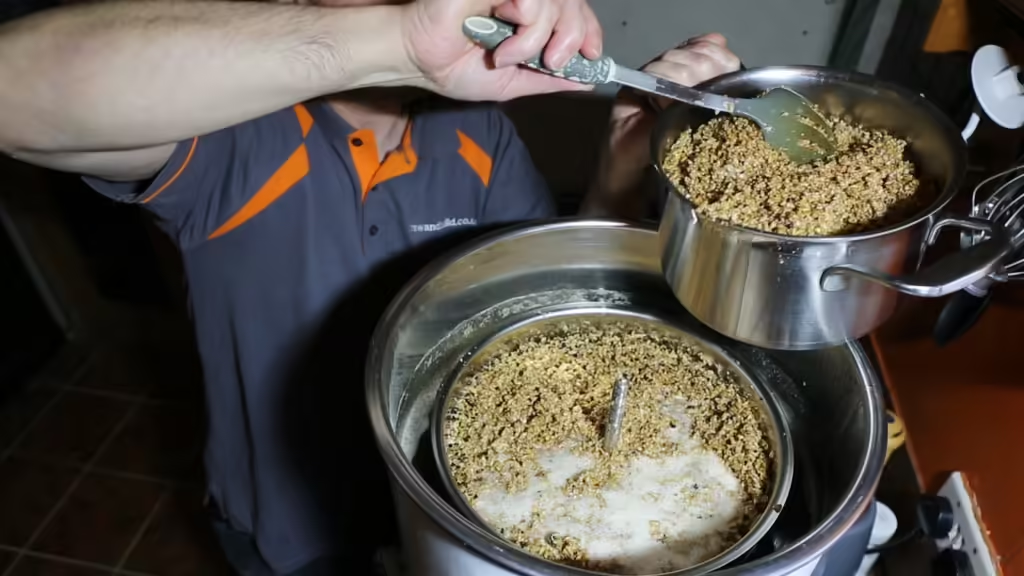
Some of the liquid is required for the decoction. Fill the pot until the grains are just barely covered. Then boil for 15 minutes.

After 15 minutes decoction, re-incorporate the grains with the rest of the mash, and complete the remainder of the mash cycle.
On completion of the mash, it all gets mashed out at 77°c / 171°f for 5 minutes.
The Boil
The wort is then brought to the boil, and boiled for 60 minutes. The first hop addition of the Northern Brewer goes in for the full 60 minutes.
The second hops addition of Tettnang goes in at 10 minutes to run.
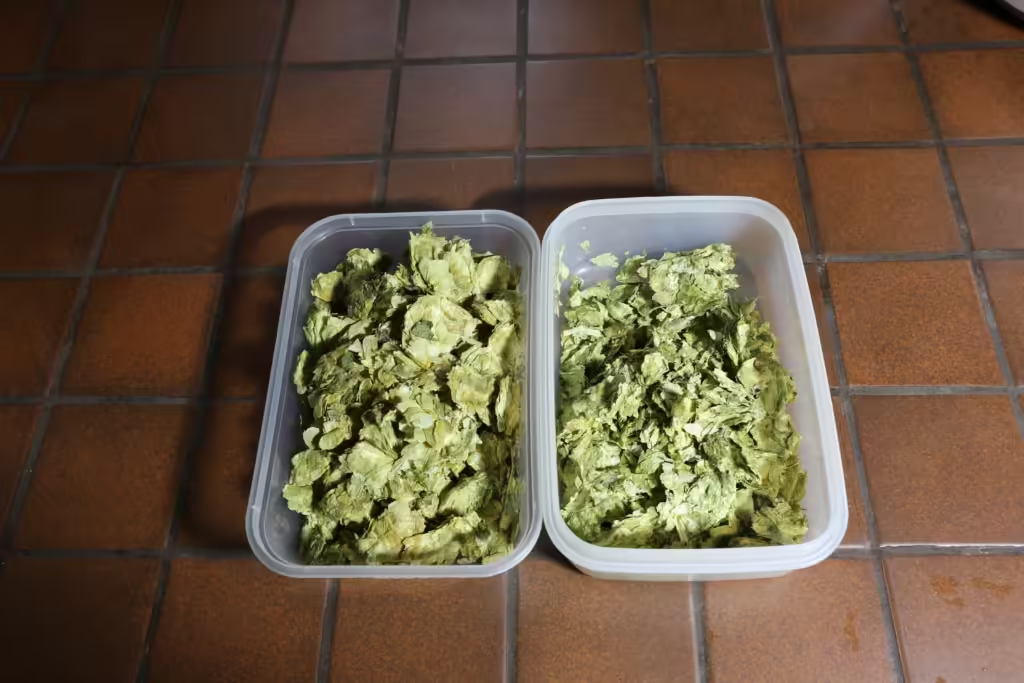
Fermentation
Start fermentation at 10°c / 50°f and ferment for about 3 weeks. I generally ramp my lagers up a degree or two after a couple of days but stay within the fermentation temperature range.
The Results
The beer clears beautifully to a deep copper colour. The alcohol volume is 6.7%, which is a little low. Next time I will increase the malt volume to bring it up to at least 7% when I brew my next doppelbock.
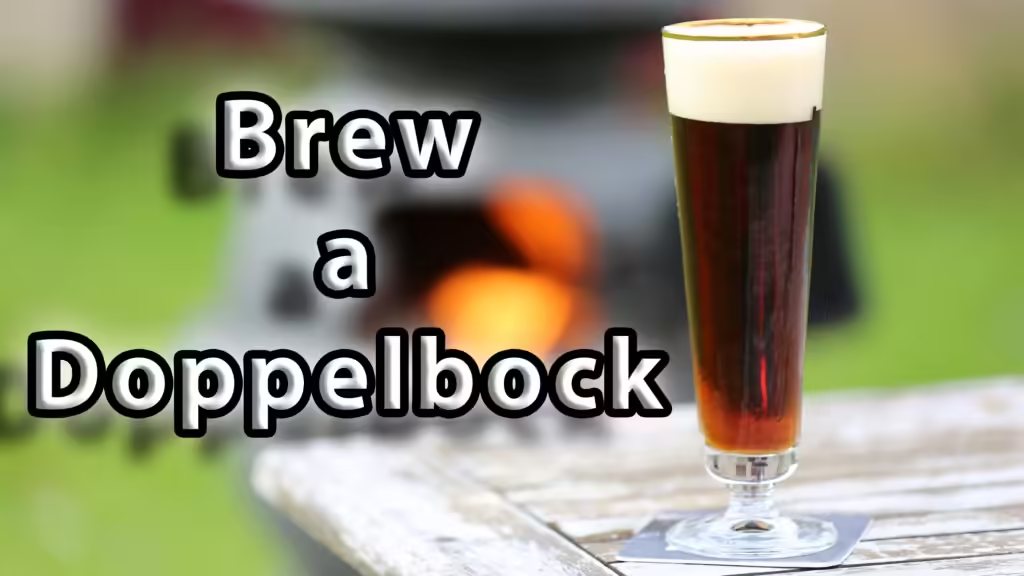
This beer is very easy to drink. It is very much a good doppelbock, but it’s just a bit too light on strength. The taste is of rich malt, as you would expect from a grist of essentially all Munich malt. The Carafa comes through but is actually a little too soft, so I will replace that with regular chocolate malt, as I usually use in brewing. I think the extra bite will work slightly better.
All in all, this is a good beer, and quite in line with the style, although the numbers didn’t quite reach the guidelines. I highly recommend brewing a doppelbock with this recipe, with the few changes as I’ve mentioned.